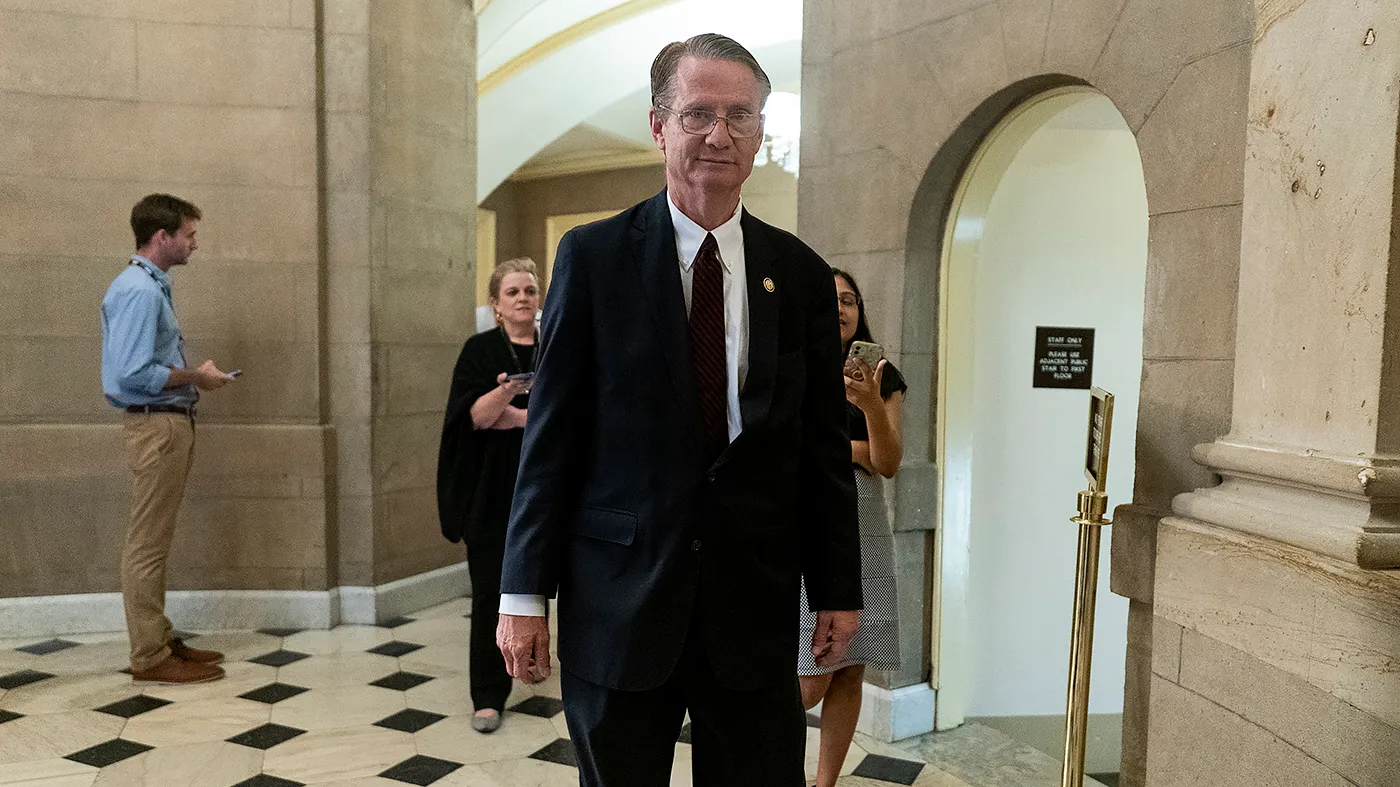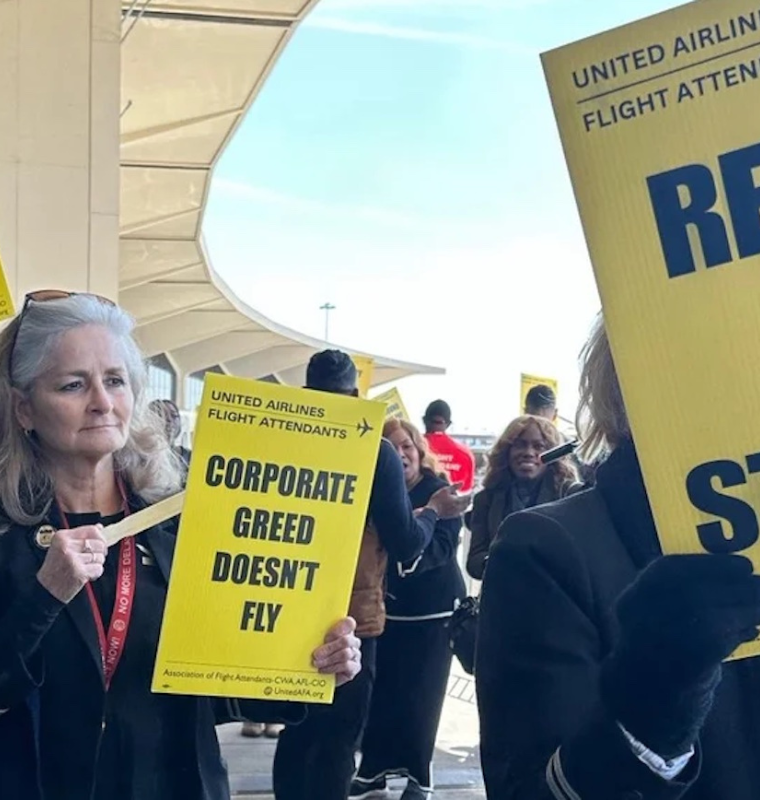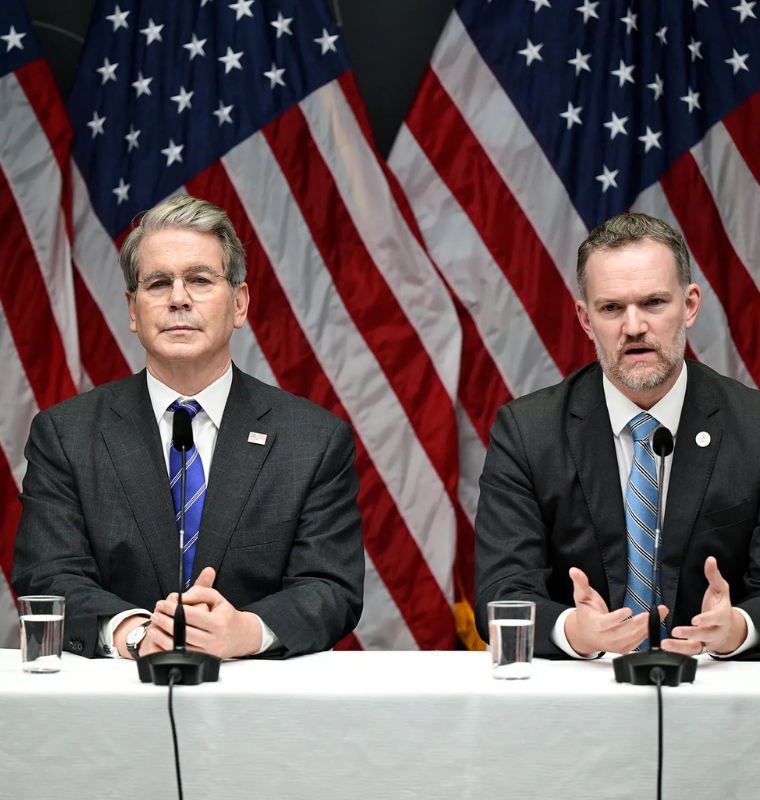Federal Court Overrules Trump’s Global Tariffs, Declares Them Unlawful
Federal Court Overrules Trump’s Global Tariffs, Declares Them Unlawful
By
David Goldfarb
Last updated:
May 29, 2025
First Published:
May 29, 2025
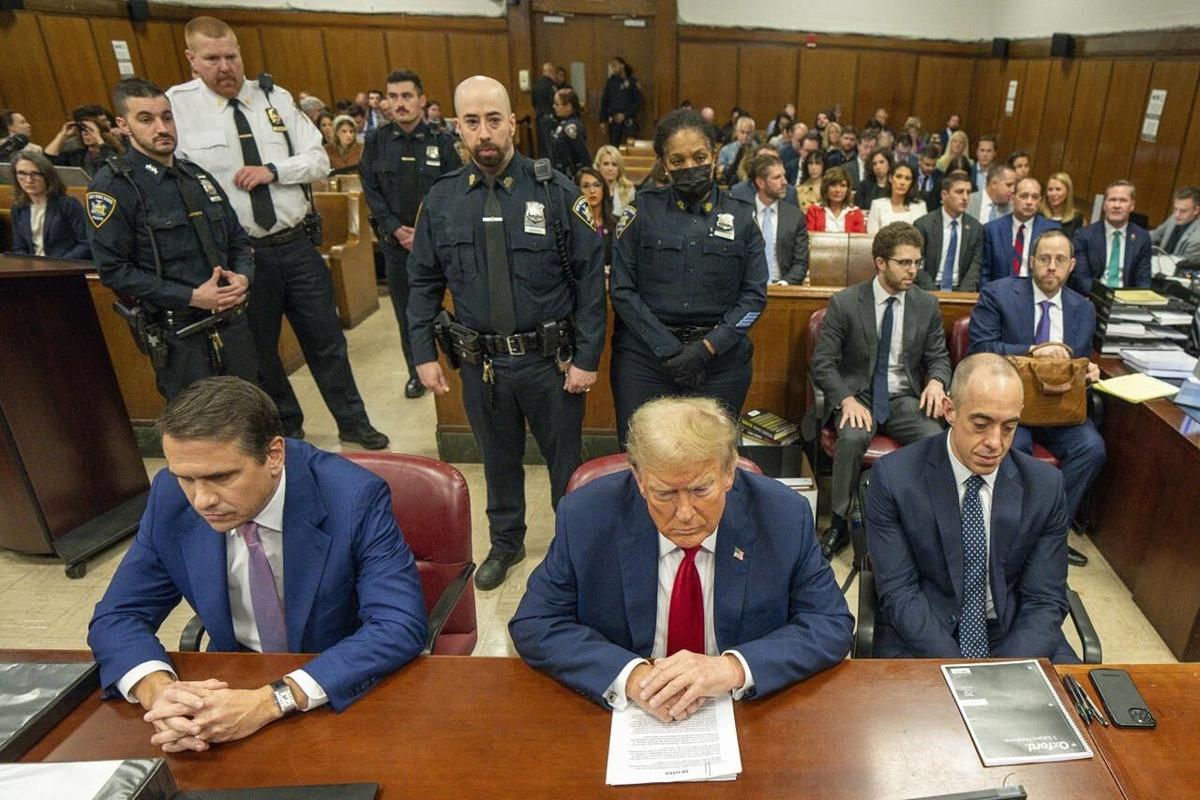
Photo: Toronto Star
In a significant legal rebuke, the U.S. Court of International Trade has struck down former President Donald Trump’s sweeping reciprocal tariffs, declaring them unauthorized under federal law. The ruling, delivered by a three-judge panel, determined that Trump overstepped the authority granted to him by the International Emergency Economic Powers Act (IEEPA) when he implemented widespread tariffs on imports from countries like China, Mexico, and Canada.
The court’s decision not only halts these tariffs permanently but also prohibits any future modifications to them without congressional involvement. The judgment poses a serious challenge to Trump’s long-standing trade strategy and could reshape the executive branch’s ability to use emergency powers in economic matters.
What the Ruling Says
At the heart of the court’s decision is the interpretation of IEEPA, a 1977 law designed to give the president power during genuine national emergencies, particularly regarding foreign threats. The judges concluded that Trump’s use of IEEPA to impose universal import duties ranging from 11% to 84%, without explicit congressional approval, was outside the scope of the law.
“The Worldwide and Retaliatory Tariff Orders exceed any authority granted to the President by IEEPA to regulate importation by means of tariffs,” the panel wrote.
The court also dismissed Trump’s justification that the tariffs were a necessary tool to curb drug trafficking from neighboring countries. In particular, the panel highlighted that the 25% tariffs on Canadian and Mexican goods and 10% on Chinese imports had no direct connection to curbing illicit drug activity.
“There is no evident relationship between lawful import duties and foreign governments’ failure to intercept drug traffickers,” the ruling noted.
Background on the Tariffs
The tariffs in question were first announced on April 2, 2024, with Trump arguing they were needed to address longstanding trade deficits and a lack of reciprocity from international trading partners. At the time, the administration imposed baseline tariffs of 10% on most imports, with higher rates applied to certain goods.
Although a 90-day pause followed shortly after, many duties remained in effect, causing widespread concern among American manufacturers, importers, and consumers. Multiple states and businesses filed lawsuits challenging the legality of the actions.
Immediate Fallout and Appeal
Following the court’s ruling, the Trump administration filed an immediate appeal to the U.S. Court of Appeals for the Federal Circuit. Analysts predict the case may eventually reach the Supreme Court, which would need to resolve key questions about executive power in trade matters.
Meanwhile, Dow Jones Industrial Average futures jumped over 500 points, signaling investor relief that the restrictive tariffs may be lifted, potentially easing supply chain costs and import pricing.
Reactions From Key Stakeholders
White House response:
Kush Desai, a spokesperson for the Trump-era trade team, criticized the court’s decision, stating:
“Foreign countries’ nonreciprocal treatment of the United States has fueled America’s historic and persistent trade deficits… This ruling ignores the national emergency that has devastated U.S. manufacturing and defense capabilities.”
State attorneys general:
Oregon Attorney General Dan Rayfield, a lead plaintiff, hailed the outcome:
“This ruling is a win for working families, small businesses, and American consumers. Trump’s blanket tariffs were not just unlawful—they were economically destructive.”
Industry experts:
Trade policy analyst Jack Slagle, founder of NexINT Global, commented:
“This decision delivers a massive blow to the administration’s tariff strategy. But it doesn’t mark the end of trade restrictions. We expect new approaches to emerge as the administration recalibrates.”
Wider Implications for U.S. Trade Policy
The court’s decision reignites the debate over the limits of presidential power in shaping trade policy without congressional approval. Historically, tariff powers lie with Congress under Article I of the Constitution. Trump’s move to bypass this through an “economic emergency” declaration was unprecedented in scope.
Though existing tariffs on materials like steel and aluminum are unaffected by this decision—since they were justified under different statutes—the broader implication is clear: executive overreach using IEEPA is now firmly constrained.
Two Lawsuits, One Verdict
The court’s judgment responded to two distinct lawsuits—one from a coalition of state attorneys general and another from five U.S.-based businesses adversely affected by increased costs of imported goods. The panel emphasized that the ruling applies universally, not just to the named plaintiffs.
What Comes Next
The administration has 10 days to comply with the court’s directive. This includes immediately halting the collection of unlawful tariffs and revising trade policy to align with legal standards.
Even with the appeal in motion, this case sets a strong precedent that could reshape how future presidents handle trade enforcement, particularly in invoking national emergencies to sidestep Congress.
The Court of International Trade’s ruling sends a powerful message: trade emergencies must be grounded in legal authority and factual justification. As the legal battle escalates, businesses and policymakers alike await clarity on the future of U.S. tariff policy and the true boundaries of executive power.
Popular articles
Subscribe to unlock premium content
Fashion Waste and Sustainability in Fast Fashion Are Forcing a Global Industry Reboot

The Rise and Fall of Argentina’s Economy Reflects a Cycle of Promise and Crisis
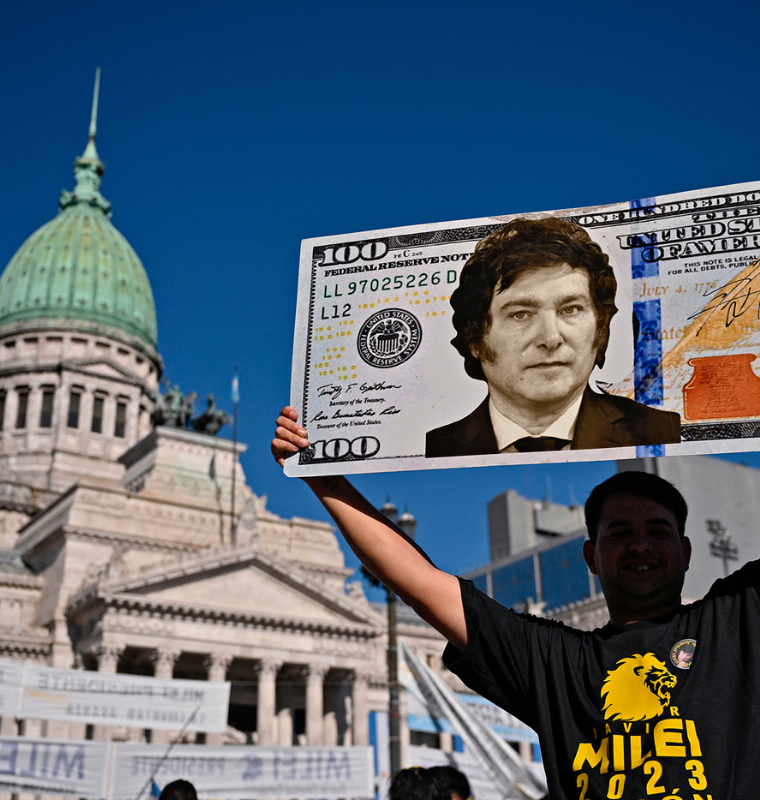
Vietnam’s Manufacturing Boom Is No Accident and It’s Just Getting Started

Fashion Waste and Sustainability in Fast Fashion Are Forcing a Global Industry Reboot

The Rise and Fall of Argentina’s Economy Reflects a Cycle of Promise and Crisis

Fashion Waste and Sustainability in Fast Fashion Are Forcing a Global Industry Reboot



